China to help stabilize global supply chain
Experts take stock of trade surplus, FX, inflation, say H2 will aid recovery
China will play a key role in underpinning the global supply chain in the second half of the year amid government policy measures to stabilize the economy while tackling the impact of COVID-19 via targeted means, experts said.
Although major economies such as Germany, France, South Korea and the United States saw trade deficits in recent months, the surplus of China's foreign trade topped 2.48 trillion yuan ($367 billion) in the first half, as exports soared after the COVID-19 resurgences were brought under control in the Yangtze River Delta region in May and June, data from the General Administration of Customs showed.
As China's trade surplus rose significantly to $97.94 billion in June from $78.76 billion in May, experts said the growth has helped buffer the yuan's exchange rate with other major currencies and further stabilize the domestic inflation rate, reducing the need to raise interest rates or intervene on the currency exchange rate.
As the US Federal Reserve raised key interest rates steeply to curb runaway inflation in the second quarter, the euro, the pound and the Japanese yen all plunged against the US dollar. The currency depreciation in these major economies has brought stagflation and downside risks, said Xu Hongcai, deputy director of the China Association of Policy Science's economic policy committee.
As many traditional manufacturing powerhouses such as Germany and South Korea must import large amounts of raw materials to meet the demand from the local manufacturing sector, the impacts of the Russia-Ukraine conflict, high inflation rate in the US, and soaring global energy and commodity prices have all pushed these countries to spend more on import of both energy and production materials since the second quarter, Xu said.
Even though facing imported inflationary pressure, China, supported by its ongoing industrial transformation and upgrading, will continue to work toward stabilizing the global supply chain, said Wei Qijia, a researcher at the Economic Forecasting Department of the State Information Center.
He said China's highly concentrated supply chains, efficient productivity, relatively lower domestic costs of industrial power and production materials, as well as many trade partners' heavy dependence on its industrial goods and semifinished products, will keep the growth rate of the nation's trade surplus within a reasonable range in the coming months.
"China does not pursue trade surplus on purpose. The accelerated trade surplus growth in the first half of the year was mainly attributable to the epidemic-induced import volume contraction," said Wei Jianguo, vice-president of the China Center for International Economic Exchanges in Beijing.
He predicted that China's trade surplus growth may slow down during the second half of the year, as the nation is expected to import large amounts of energy, minerals and machinery to speed up effective infrastructure investment in pursuit of a more vigorous economic recovery.
Zhang Jianping, head of the center for regional economic cooperation at the Chinese Academy of International Trade and Economic Cooperation, said a certain amount of uncertainty shrouds China's second-half exports due to fluctuations in global market demand. But, given the better-than-expected export performance during the first half, China should accelerate effective policy implementation to promote robust growth of foreign trade.
Only by encouraging and facilitating enterprises to receive new business orders could the nation expand export market space amid uncertainties, he said.
Nio, China's new energy vehicle manufacturer, is one such enterprise in pursuit of more business, said Zhang Hui, vice-president of Nio Europe. In addition to exporting electric vehicles to Norway, it is building its first overseas plant in Hungary to support its expansion in Germany, the Netherlands, Sweden and Denmark later this year.
Nio's Hungary factory is expected to be operational in September and serve as a production, service and R&D center for the company's power products, including battery-swapping stations in Europe, said Zhang.
 最新热点
最新热点
-
阿富汗北部发生6.3级地震 首都震感明显
阿富汗北部发生6.3级地震 首都震感明显
最新热点新华社喀布尔11月3日电(记者张艺缤 胥舒骜)据美国地质调查局地震信息网消息,阿富汗当地时间3日0时58分(北京时间3日4时28分),阿富汗北部巴尔赫省胡勒...
-
独家视频丨习近平乘车抵达庆州博物馆 韩国总统热情迎接
独家视频丨习近平乘车抵达庆州博物馆 韩国总统热情迎接
最新热点当地时间11月1日下午,韩国总统李在明在庆州博物馆为中国国家主席习近平举行欢迎仪式。 总监制丨申勇 监制丨龚雪辉 记者丨史伟 王鹏飞 邢彬...
-
视频丨李在明回答总台记者提问:致力于加强与中国合作
视频丨李在明回答总台记者提问:致力于加强与中国合作
最新热点11月1日,韩国总统李在明在亚太经合组织领导人非正式会议结束后举行记者会,介绍会议成果。在回答中央广播电视总台记者提问时,李在明表示,中韩经济合作至关重...
-
视频丨APEC秘书处执行主任:期待会议上的中国声音
视频丨APEC秘书处执行主任:期待会议上的中国声音
最新热点10月31日,亚太经合组织(APEC)第三十二次领导人非正式会议将在韩国庆州举行。近日,总台记者专访APEC秘书处执行主任佩德罗萨,并梳理了一份会议看点...
-
独家视频丨习近平会见加拿大总理卡尼




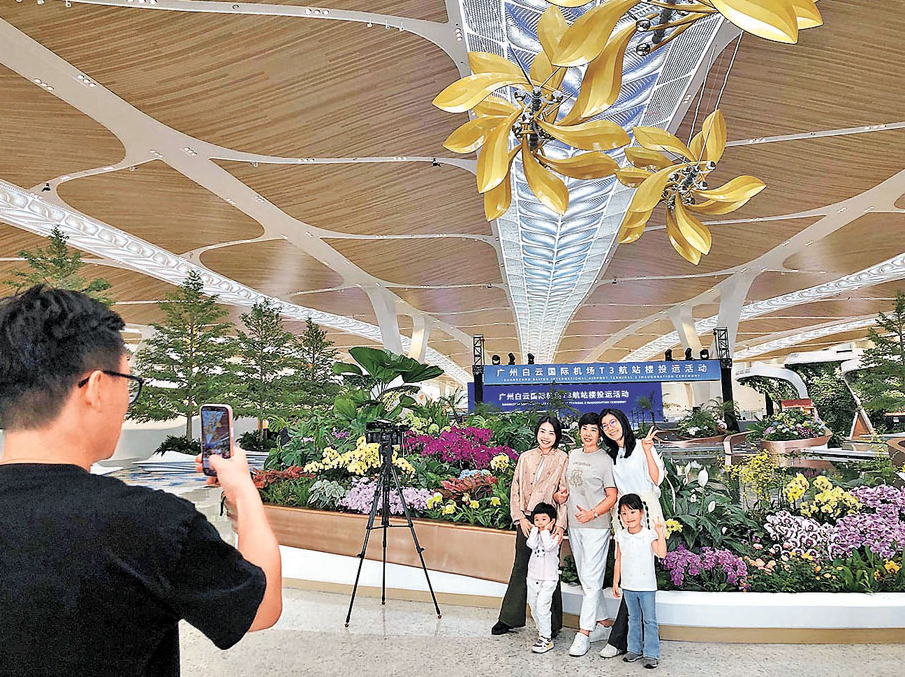
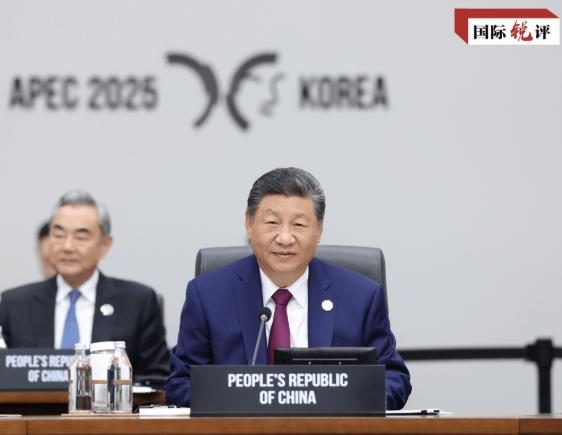

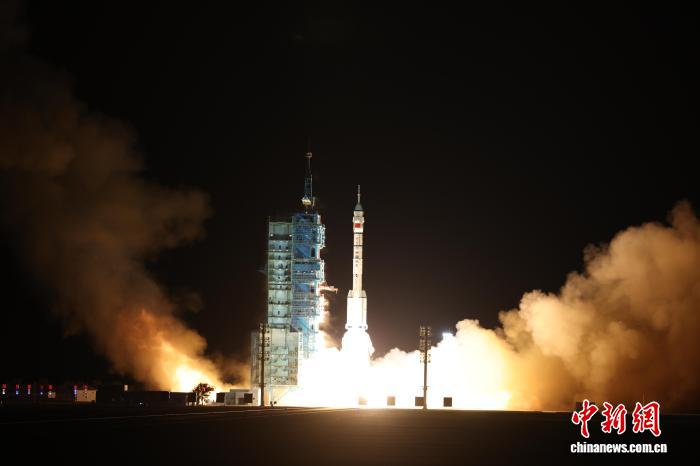
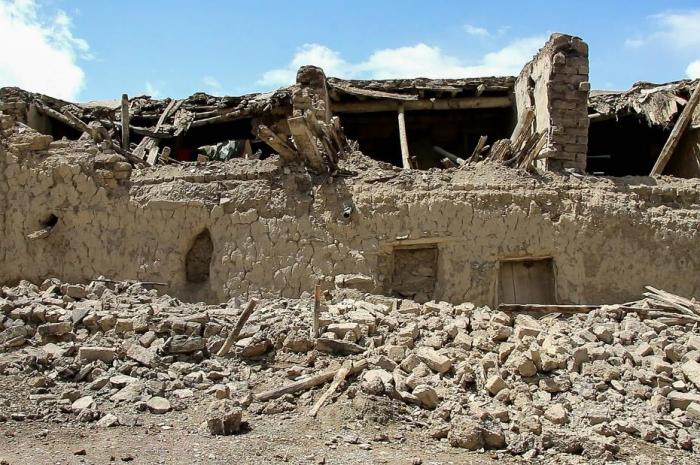
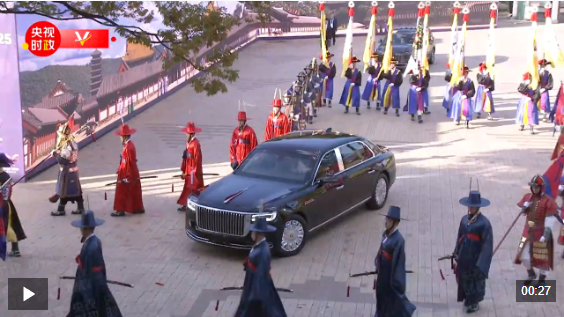




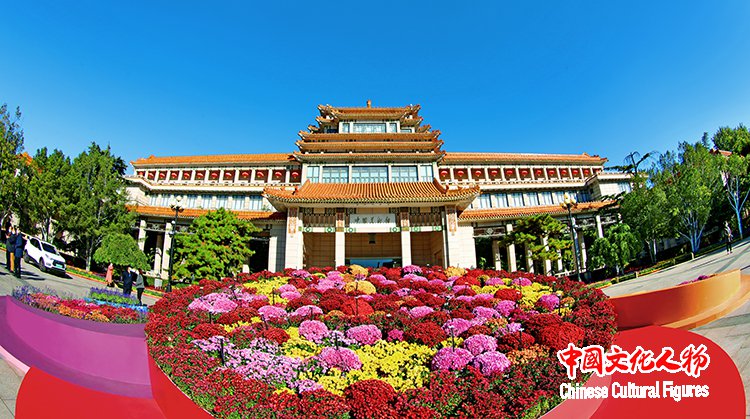
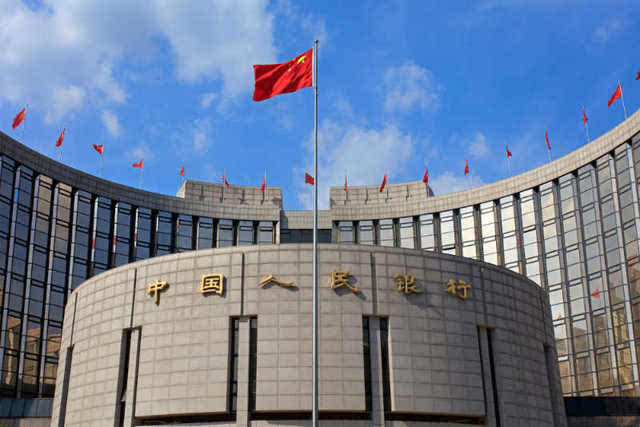 中国央行:前三季度工业中长期贷款保持较快增长
中国央行:前三季度工业中长期贷款保持较快增长
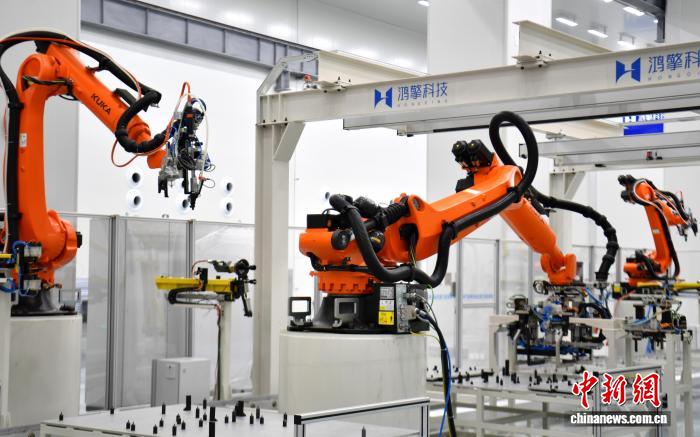 首颗“雄安造”卫星完成生产下线
首颗“雄安造”卫星完成生产下线
 中国生成式人工智能用户规模达5.15亿人
中国生成式人工智能用户规模达5.15亿人
